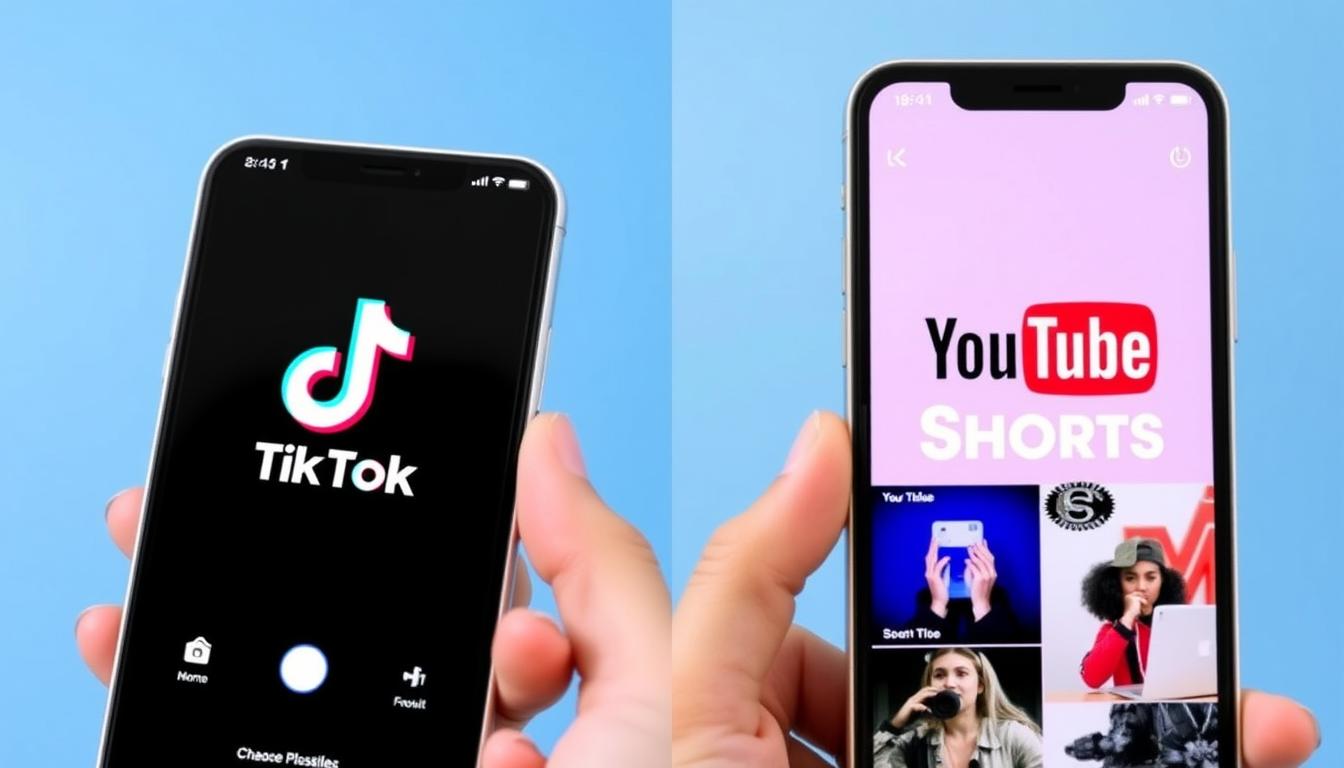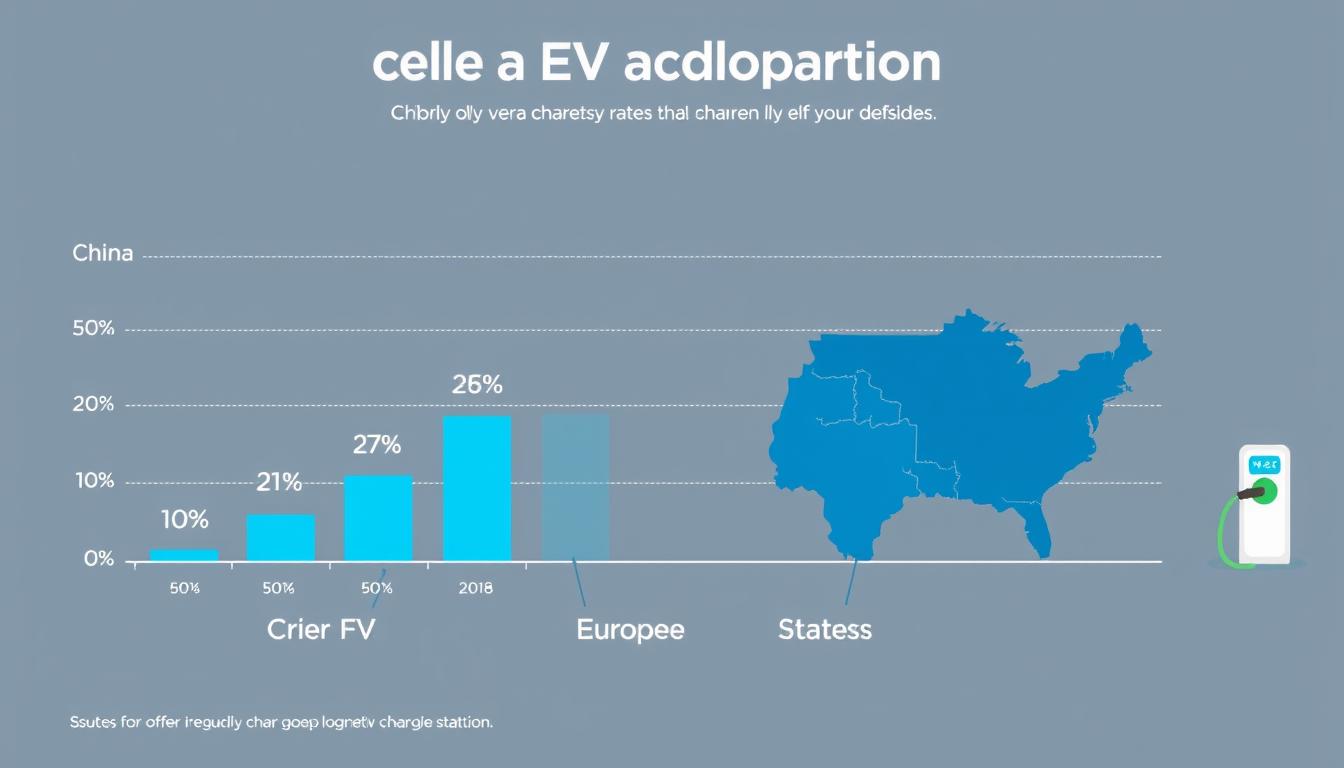The battle for short-form video dominance continues to intensify as TikTok and YouTube Shorts compete for creator attention and viewer engagement. With distinct approaches to content creation, audience building, and monetization, choosing the right platform for your short-form video strategy has never been more crucial. This comprehensive comparison breaks down everything you need to know about TikTok vs YouTube short-form video content to help you make informed decisions about where to invest your creative energy.
Platform Overview: TikTok vs YouTube Shorts
TikTok and YouTube Shorts represent two distinct approaches to short-form video content
TikTok burst onto the global scene in 2018 (following the merger with Musical.ly) and quickly revolutionized how we consume short-form video content. Built exclusively for vertical, bite-sized videos ranging from 15 seconds to 3 minutes, TikTok’s algorithm-driven “For You Page” creates an addictive, personalized viewing experience that keeps users scrolling for hours.
YouTube, the veteran video platform launched in 2005, responded to TikTok’s meteoric rise by introducing YouTube Shorts in 2020. Integrated within the existing YouTube ecosystem, Shorts allows creators to produce vertical videos up to 60 seconds long. Unlike TikTok, Shorts exists alongside YouTube’s traditional long-form content, creating unique opportunities for cross-format promotion.
TikTok at a Glance
- Launched globally in 2018
- Dedicated short-form video platform
- Videos from 15 seconds to 3 minutes
- Algorithm-driven “For You Page”
- Strong focus on trends and music
- Over 1 billion monthly active users
YouTube Shorts at a Glance
- Launched in 2020
- Integrated within YouTube ecosystem
- Videos up to 60 seconds
- Connected to YouTube’s search functionality
- Access to YouTube’s music library
- Over 1.5 billion monthly logged-in users
Core Features and User Experience
Content Creation Tools
Both platforms offer native tools for creating and editing short-form videos, but with notable differences in their approach and capabilities.
| Feature | TikTok | YouTube Shorts |
| Video Length | 15 seconds to 3 minutes | Up to 60 seconds |
| Editing Tools | Extensive effects, filters, transitions | Basic trimming, filters, text |
| Music Library | Vast commercial music library | YouTube music library + original audio |
| Collaboration | Duets, Stitches, Reactions | Remix feature (more limited) |
| Text & Captions | Dynamic text with animations | Basic text overlay options |
Discovery and Algorithm
Perhaps the most significant difference between these platforms lies in how content is discovered and distributed to viewers.

TikTok’s Algorithm Strengths
- Highly personalized “For You Page”
- Rapid content distribution regardless of follower count
- Strong trend identification and promotion
- Favors engagement over creator popularity
- Quick feedback loop for content performance
YouTube Shorts Algorithm Challenges
- Less aggressive content distribution
- Favors creators with existing audiences
- Slower to identify trending content
- Balances short and long-form recommendations
- More dependent on metadata and titles
TikTok’s algorithm is renowned for its ability to make unknown creators go viral overnight, while YouTube Shorts tends to give preference to creators who already have an established presence on the platform. However, YouTube’s integration with the world’s second-largest search engine gives Shorts content longer-term discoverability that TikTok often lacks.
Master Both Platforms With Our Free Guide
Unlock advanced strategies for TikTok and YouTube Shorts with our comprehensive guide. Learn platform-specific techniques, optimal posting schedules, and cross-platform content strategies.
Audience Engagement and Demographics
Understanding the user demographics and engagement patterns of each platform is crucial for developing an effective short-form video strategy.

User Demographics
TikTok Demographics
- Core audience: Gen Z (16-24 years old)
- Gender split: 61% female, 39% male
- Global reach: Strong presence in Asia, growing in North America and Europe
- Usage pattern: Multiple short sessions throughout the day
YouTube Shorts Demographics
- Core audience: More balanced across age groups (18-34 years old)
- Gender split: 56% male, 44% female
- Global reach: Strong worldwide presence, especially in India
- Usage pattern: Often part of longer YouTube sessions
Engagement Metrics
Engagement patterns differ significantly between the platforms, influencing how creators should approach content creation and community building.
While TikTok boasts higher engagement rates overall, YouTube Shorts tends to drive more sustained viewer relationships and cross-platform engagement. TikTok excels at generating immediate reactions, while YouTube Shorts often leads to deeper engagement with a creator’s broader content ecosystem.
Monetization Opportunities for Creators
For many creators, the ability to generate revenue from short-form video content is a crucial factor in platform selection. Both TikTok and YouTube offer monetization options, but with significant differences in approach and potential earnings.

TikTok Monetization
TikTok offers several ways for creators to monetize their content, though many creators report inconsistent earnings compared to other platforms.
TikTok Creator Fund
The TikTok Creator Fund pays creators based on video performance, including views, engagement, and region. To qualify, creators need:
- At least 10,000 followers
- 100,000 video views in the last 30 days
- Be located in eligible regions (US, UK, Germany, France, Italy, Spain)
- Be at least 18 years old
Many creators report earning between $0.02-$0.04 per 1,000 views, significantly lower than YouTube’s rates.
Additional TikTok Revenue Streams
- LIVE Gifts: Viewers can send virtual gifts that convert to diamonds, which creators can exchange for cash
- TikTok Shop: Sell products directly through TikTok’s integrated shopping features
- Brand Partnerships: Collaborate with brands for sponsored content
- Creator Marketplace: Connect with brands looking for influencer partnerships
YouTube Shorts Monetization
YouTube’s approach to Shorts monetization leverages its established Partner Program while adding Shorts-specific features.
YouTube Partner Program for Shorts
YouTube shares ad revenue with creators through the YouTube Partner Program. For Shorts specifically, creators need:
- 1,000+ subscribers
- 10+ million valid public Shorts views in the last 90 days
- Create original content that follows community guidelines
- Have an AdSense account
YouTube pools ad revenue from Shorts and distributes 45% to creators based on their share of total Shorts views.
Additional YouTube Revenue Streams
- Super Thanks: Viewers can purchase Super Thanks on Shorts
- Channel Memberships: Offer exclusive perks to paying subscribers
- Merchandise Shelf: Sell branded merchandise directly on your channel
- Cross-promotion: Drive traffic to monetized long-form content
“YouTube Shorts creators typically report higher and more consistent earnings compared to TikTok, especially when leveraging the full ecosystem of YouTube monetization options.”
Content Strategy Considerations
Developing an effective content strategy requires understanding the unique characteristics and audience expectations of each platform.

Content Types That Perform Well
Top-Performing TikTok Content
- Trending challenges that leverage popular sounds
- Dance routines and choreographed performances
- Quick tutorials with immediate value (15-30 seconds)
- Humor and skits with unexpected punchlines
- Behind-the-scenes authentic moments
- Transformation videos with before/after reveals
Top-Performing YouTube Shorts
- Informational content with clear takeaways
- Highlights from longer YouTube videos
- Product reviews and demonstrations
- Educational content with quick facts or tips
- Commentary on current events or trends
- Teaser content that drives to long-form videos
Posting Frequency and Timing
| Platform | Optimal Posting Frequency | Best Times to Post | Content Lifespan |
| TikTok | 1-3 times daily | 6-9 AM, 12-3 PM, 7-10 PM | 24-48 hours typically |
| YouTube Shorts | 3-5 times weekly | 2-4 PM, 7-10 PM weekdays | 7+ days, discoverable long-term |
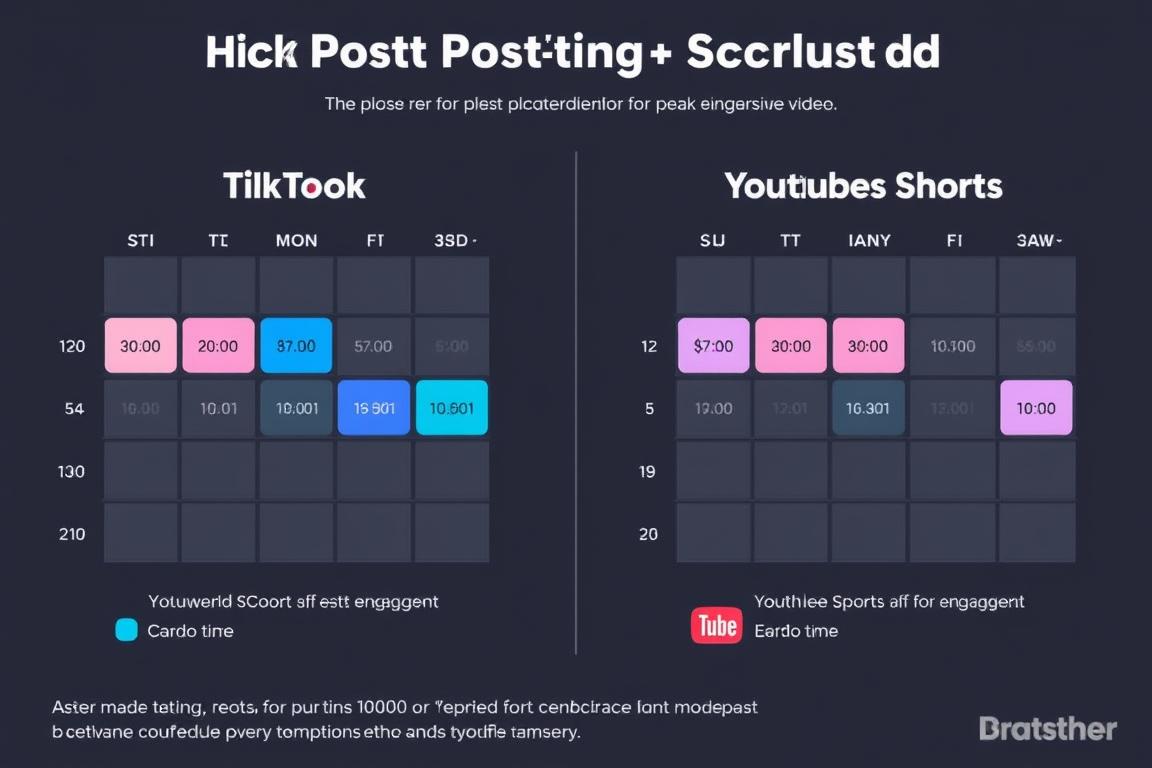
Cross-Platform Strategy
Many successful creators leverage both platforms as part of an integrated content strategy, recognizing the unique benefits each offers.
Effective Cross-Platform Approach
- Create platform-specific versions of similar content, optimized for each platform’s unique characteristics
- Use TikTok for trend participation and rapid audience building
- Use YouTube Shorts to drive viewers to your long-form content
- Test content on TikTok before investing in higher-production YouTube videos
- Maintain consistent branding while adapting to platform-specific best practices
Platform Challenges and Limitations
Both TikTok and YouTube Shorts present unique challenges that creators should consider when developing their short-form video strategy.
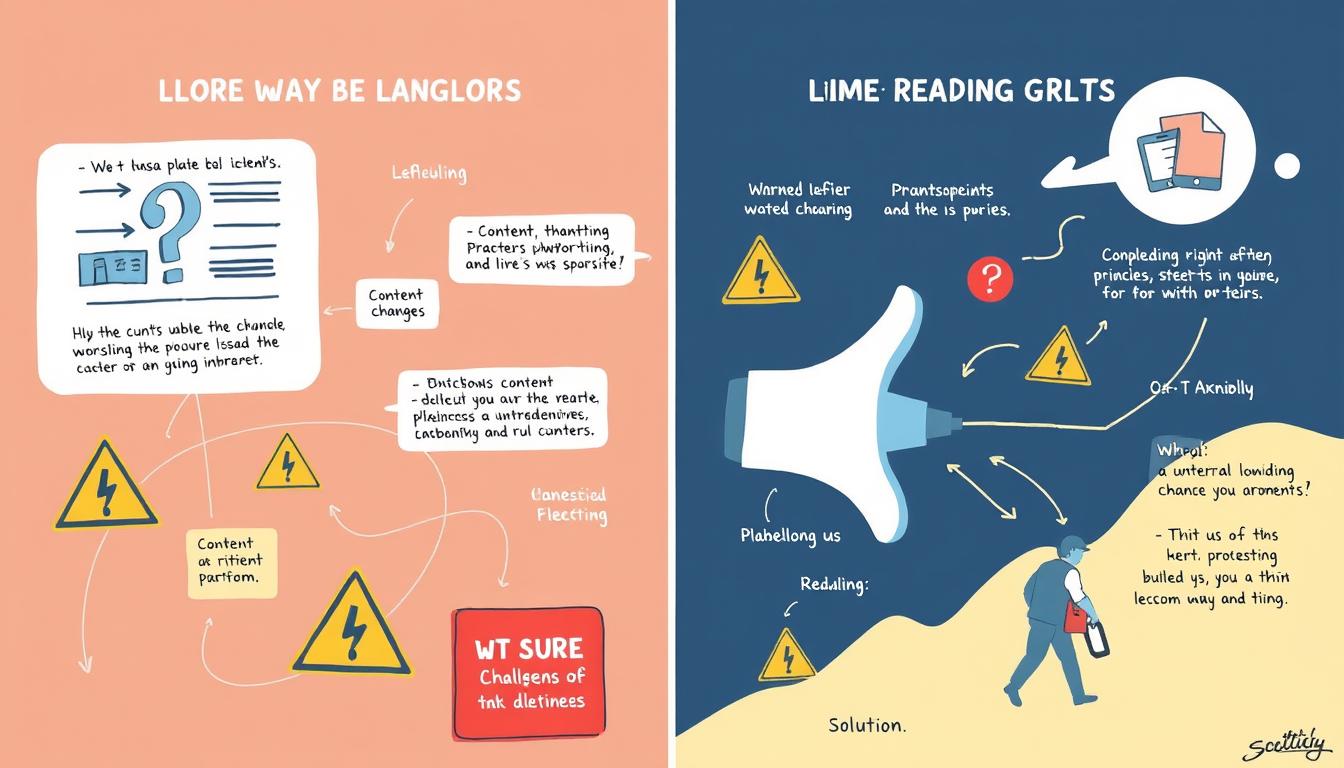
TikTok Challenges
Content Longevity
TikTok content typically has a very short lifespan, often disappearing from feeds within 24-48 hours. This creates pressure to constantly produce new content to maintain visibility and engagement.
Monetization Limitations
Many creators report inconsistent and relatively low earnings from the TikTok Creator Fund compared to other platforms. The regional restrictions also exclude creators from many countries.
Regulatory Concerns
TikTok faces ongoing regulatory scrutiny in multiple countries, creating uncertainty about the platform’s future in certain markets. This poses a risk for creators who build their audience exclusively on TikTok.
YouTube Shorts Challenges
Discovery Hurdles
New creators without an established YouTube presence often struggle to gain initial traction with Shorts. The algorithm tends to favor creators who already have an audience on the platform.
Creative Limitations
YouTube Shorts offers fewer creative tools and effects compared to TikTok, potentially limiting the types of content creators can produce natively within the app.
Platform Identity
YouTube Shorts exists within the broader YouTube ecosystem, which can create confusion about content expectations. Viewers may have different expectations for Shorts compared to traditional YouTube videos.
Future Trends in Short-Form Video Content
The short-form video landscape continues to evolve rapidly, with both TikTok and YouTube adapting their offerings to meet creator and viewer demands.

Emerging Trends to Watch
Length Flexibility
Both platforms are experimenting with video length options. TikTok has extended maximum video length to 10 minutes in some regions, while YouTube is testing longer Shorts formats.
Enhanced Monetization
Expect more direct monetization options as platforms compete for creator loyalty. YouTube is already expanding Shorts monetization, and TikTok is likely to follow with improved creator compensation.
AI-Powered Creation
Both platforms are investing in AI tools to simplify content creation, from automated editing suggestions to smart effects that require minimal technical skill.
Shopping Integration
E-commerce features will become more seamless on both platforms, with improved product tagging, in-app checkout, and creator commission structures.
Cross-Platform Tools
Expect more third-party tools designed to help creators efficiently manage content across multiple short-form video platforms simultaneously.
Interactive Features
Both platforms will continue adding interactive elements like polls, quizzes, and AR features to increase engagement and time spent in-app.
“The future of short-form video isn’t about choosing between platforms, but rather understanding how to leverage each platform’s unique strengths within an integrated content ecosystem.”
Conclusion: Which Platform Reigns Supreme?
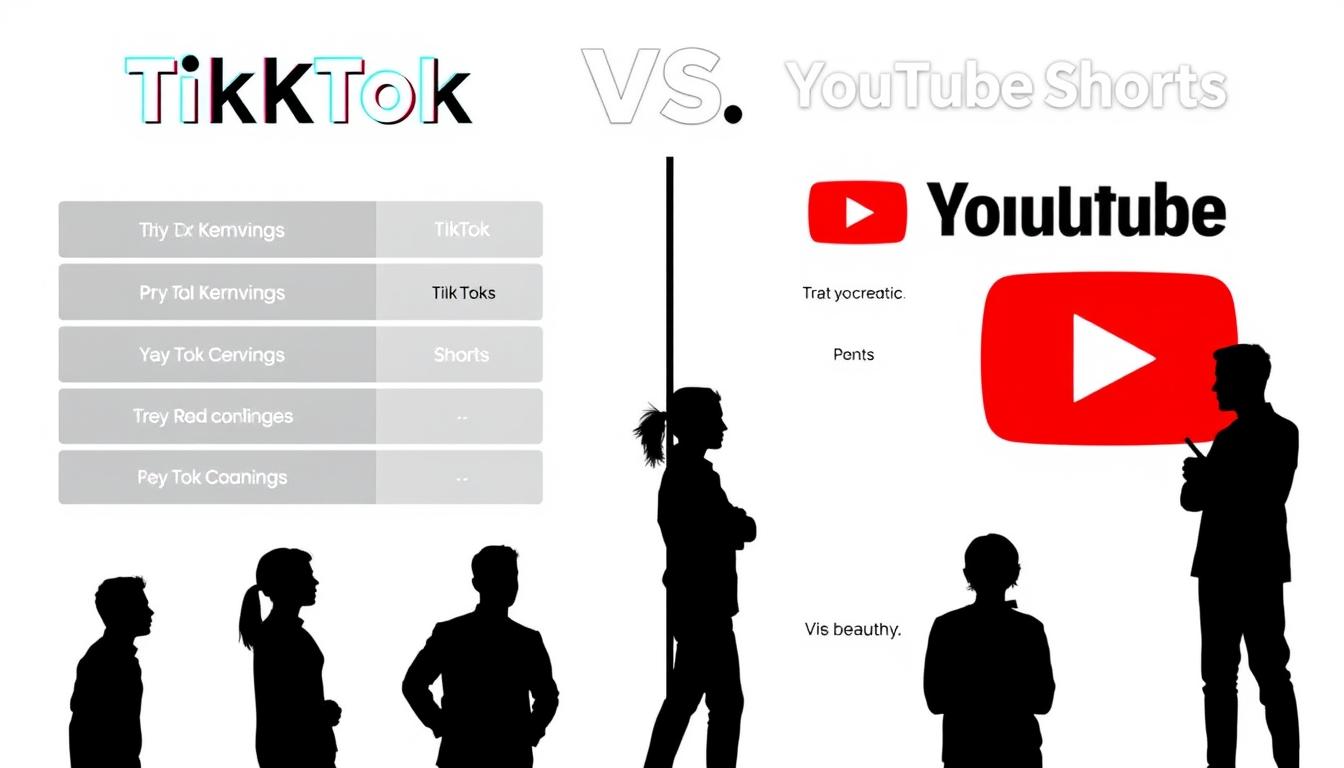
The question of which platform reigns supreme in short-form video content doesn’t have a one-size-fits-all answer. Both TikTok and YouTube Shorts offer compelling advantages depending on your specific goals, content type, and target audience.
Choose TikTok if:
- You’re looking to build an audience quickly from scratch
- Your content aligns well with trends and viral challenges
- You create highly visual, music-driven content
- Your target audience skews younger (Gen Z)
- You value creative tools and effects in the native app
Choose YouTube Shorts if:
- You already have a YouTube presence to leverage
- You create educational or informational content
- Long-term content discoverability is important to you
- Monetization is a primary goal
- You want to funnel viewers to long-form content
The most successful content creators recognize that these platforms can complement each other as part of a broader content strategy. By understanding the unique strengths and limitations of both TikTok and YouTube Shorts, you can make informed decisions about where to invest your creative energy and how to optimize your content for maximum impact.
As the short-form video landscape continues to evolve, staying adaptable and willing to experiment across platforms will be key to long-term success. Rather than declaring a single winner in the battle for short-form video dominance, smart creators will leverage both platforms strategically to reach their specific goals.
Frequently Asked Questions About TikTok vs YouTube Short-Form Video Content
Which platform has more users for short-form video content?
YouTube has a larger overall user base with 2.5 billion monthly logged-in users, while TikTok reports approximately 1 billion monthly active users. However, TikTok users spend more time specifically consuming short-form video content, with average session times exceeding 52 minutes compared to YouTube’s more diverse content consumption patterns.
Can I reuse the same content on both TikTok and YouTube Shorts?
While you can technically post the same content on both platforms, it’s generally more effective to optimize for each platform’s unique characteristics. This might include adjusting video length, captions, hashtags, and even slight content modifications to match each platform’s audience expectations and algorithm preferences.
Which platform pays creators better for short-form video content?
YouTube typically offers better monetization opportunities for short-form video content through its Partner Program, which shares ad revenue with creators. Most creators report higher and more consistent earnings from YouTube Shorts compared to TikTok’s Creator Fund, which has been criticized for low payout rates (often
Frequently Asked Questions About TikTok vs YouTube Short-Form Video Content
Which platform has more users for short-form video content?
YouTube has a larger overall user base with 2.5 billion monthly logged-in users, while TikTok reports approximately 1 billion monthly active users. However, TikTok users spend more time specifically consuming short-form video content, with average session times exceeding 52 minutes compared to YouTube’s more diverse content consumption patterns.
Can I reuse the same content on both TikTok and YouTube Shorts?
While you can technically post the same content on both platforms, it’s generally more effective to optimize for each platform’s unique characteristics. This might include adjusting video length, captions, hashtags, and even slight content modifications to match each platform’s audience expectations and algorithm preferences.
Which platform pays creators better for short-form video content?
YouTube typically offers better monetization opportunities for short-form video content through its Partner Program, which shares ad revenue with creators. Most creators report higher and more consistent earnings from YouTube Shorts compared to TikTok’s Creator Fund, which has been criticized for low payout rates (often $0.02-$0.04 per 1,000 views).
How long should my videos be on each platform?
For TikTok, videos between 21-34 seconds tend to perform best for most content categories, though the platform allows videos up to 3 minutes. For YouTube Shorts, videos under 60 seconds are required to qualify as Shorts, with 30-45 seconds being the sweet spot for engagement according to YouTube’s own best practices.
Do I need special equipment to create content for these platforms?
Both platforms are designed for mobile creation, so a modern smartphone is sufficient to get started. However, as you advance, investing in better lighting, a microphone for clearer audio, and editing software can help your content stand out. TikTok’s native editing tools are more robust than YouTube’s, so YouTube Shorts creators often benefit more from third-party editing apps.
.02-
Frequently Asked Questions About TikTok vs YouTube Short-Form Video Content
Which platform has more users for short-form video content?
YouTube has a larger overall user base with 2.5 billion monthly logged-in users, while TikTok reports approximately 1 billion monthly active users. However, TikTok users spend more time specifically consuming short-form video content, with average session times exceeding 52 minutes compared to YouTube’s more diverse content consumption patterns.
Can I reuse the same content on both TikTok and YouTube Shorts?
While you can technically post the same content on both platforms, it’s generally more effective to optimize for each platform’s unique characteristics. This might include adjusting video length, captions, hashtags, and even slight content modifications to match each platform’s audience expectations and algorithm preferences.
Which platform pays creators better for short-form video content?
YouTube typically offers better monetization opportunities for short-form video content through its Partner Program, which shares ad revenue with creators. Most creators report higher and more consistent earnings from YouTube Shorts compared to TikTok’s Creator Fund, which has been criticized for low payout rates (often $0.02-$0.04 per 1,000 views).
How long should my videos be on each platform?
For TikTok, videos between 21-34 seconds tend to perform best for most content categories, though the platform allows videos up to 3 minutes. For YouTube Shorts, videos under 60 seconds are required to qualify as Shorts, with 30-45 seconds being the sweet spot for engagement according to YouTube’s own best practices.
Do I need special equipment to create content for these platforms?
Both platforms are designed for mobile creation, so a modern smartphone is sufficient to get started. However, as you advance, investing in better lighting, a microphone for clearer audio, and editing software can help your content stand out. TikTok’s native editing tools are more robust than YouTube’s, so YouTube Shorts creators often benefit more from third-party editing apps.
.04 per 1,000 views).
How long should my videos be on each platform?
For TikTok, videos between 21-34 seconds tend to perform best for most content categories, though the platform allows videos up to 3 minutes. For YouTube Shorts, videos under 60 seconds are required to qualify as Shorts, with 30-45 seconds being the sweet spot for engagement according to YouTube’s own best practices.
Do I need special equipment to create content for these platforms?
Both platforms are designed for mobile creation, so a modern smartphone is sufficient to get started. However, as you advance, investing in better lighting, a microphone for clearer audio, and editing software can help your content stand out. TikTok’s native editing tools are more robust than YouTube’s, so YouTube Shorts creators often benefit more from third-party editing apps.
